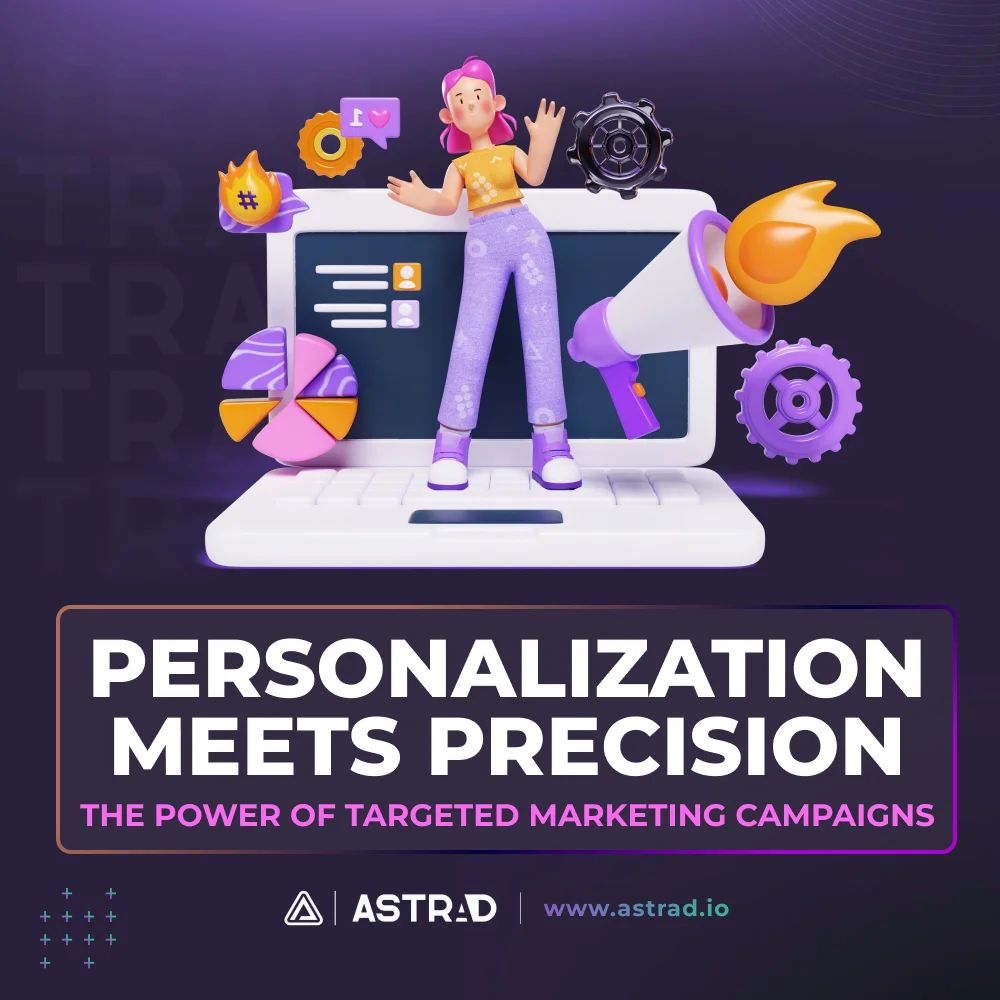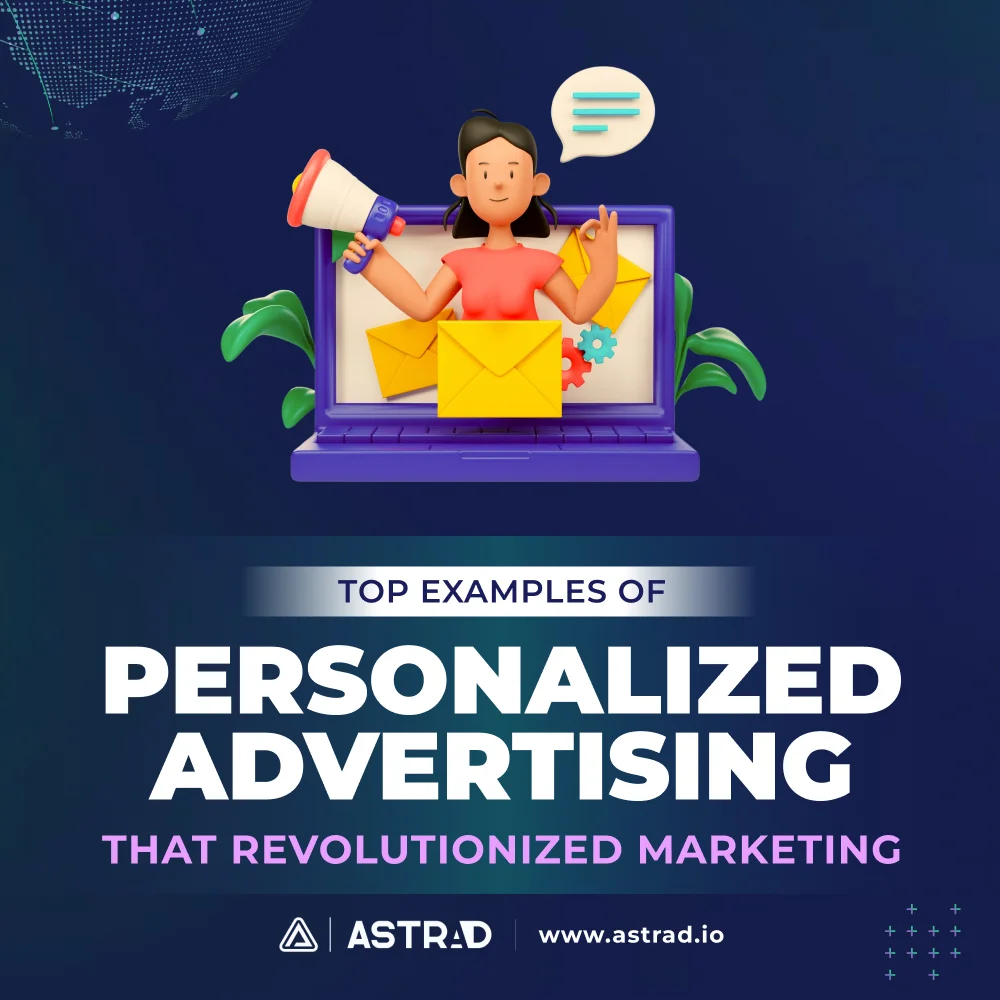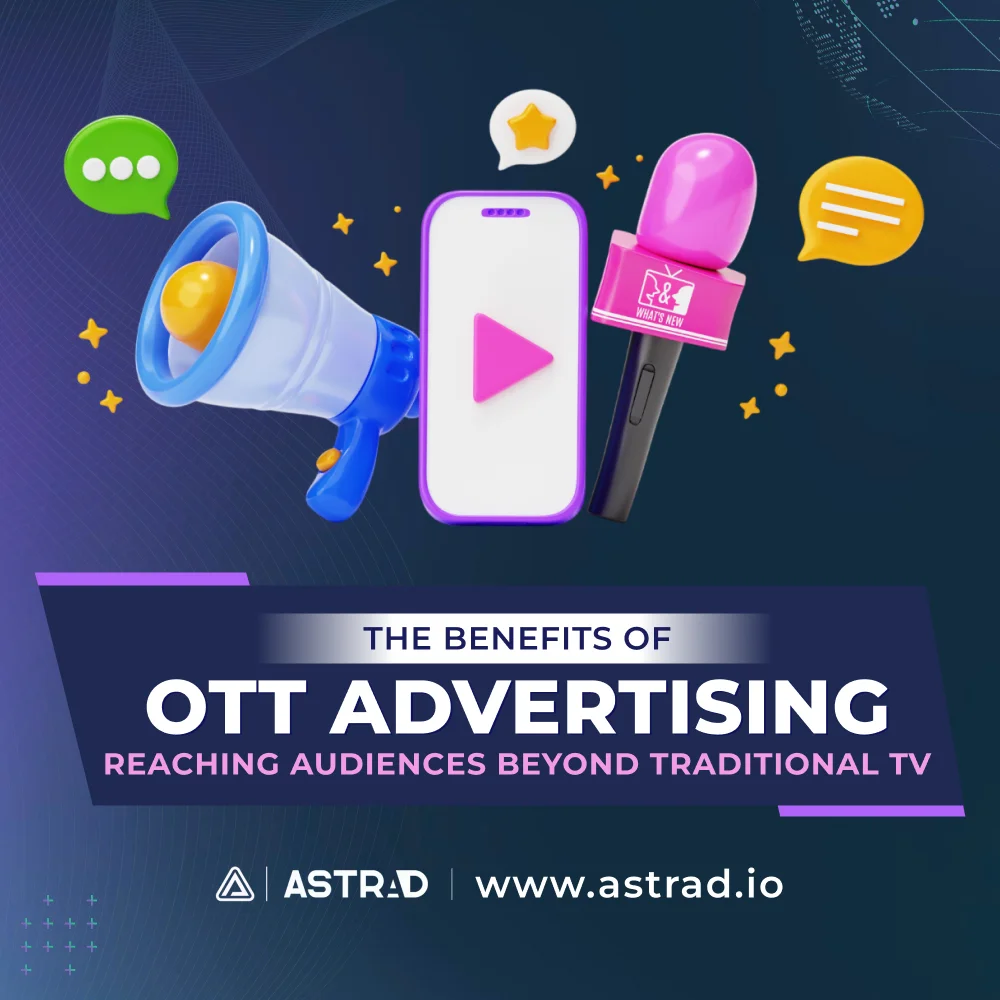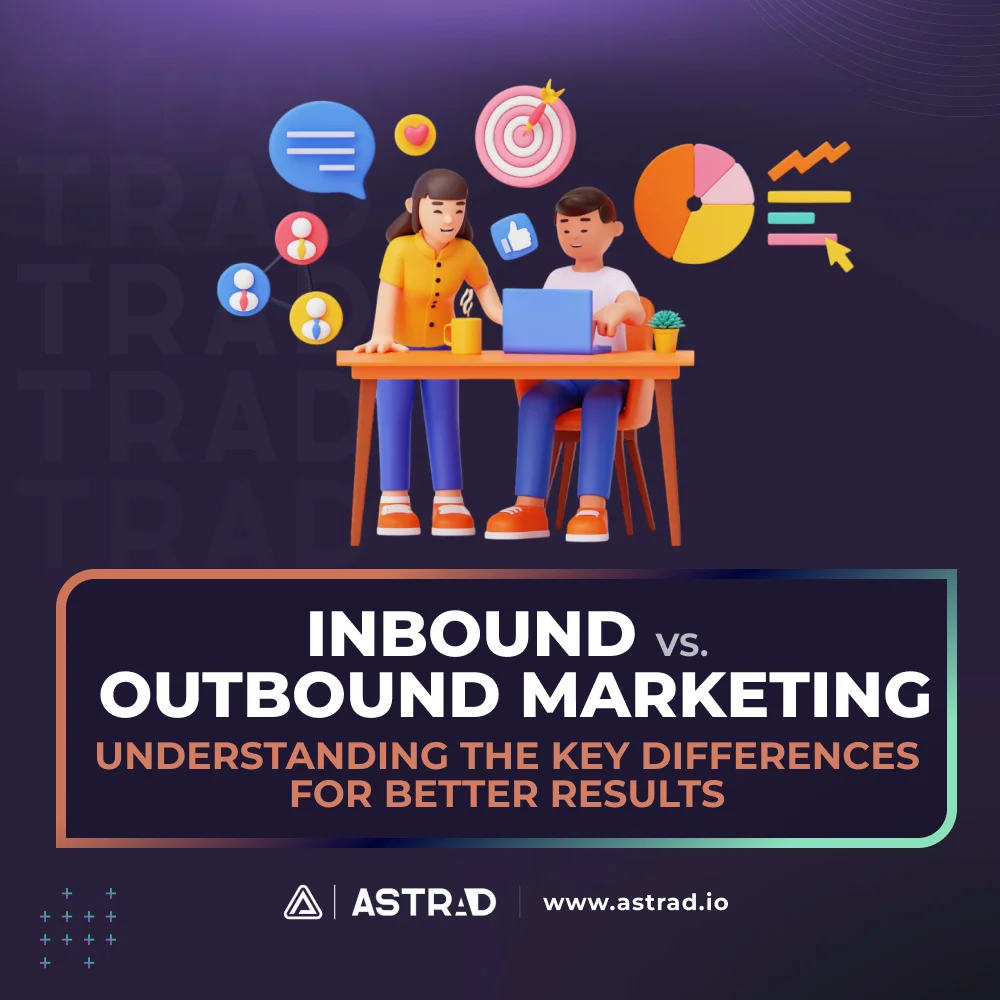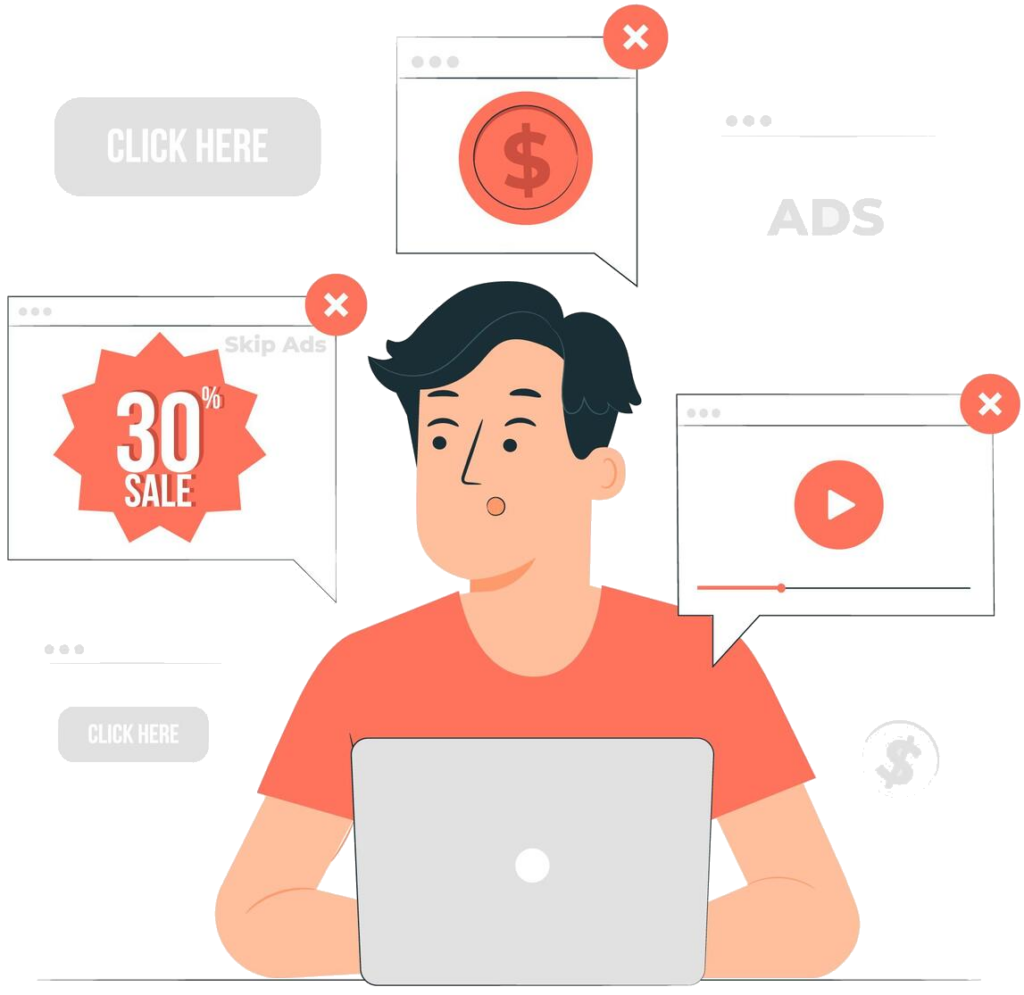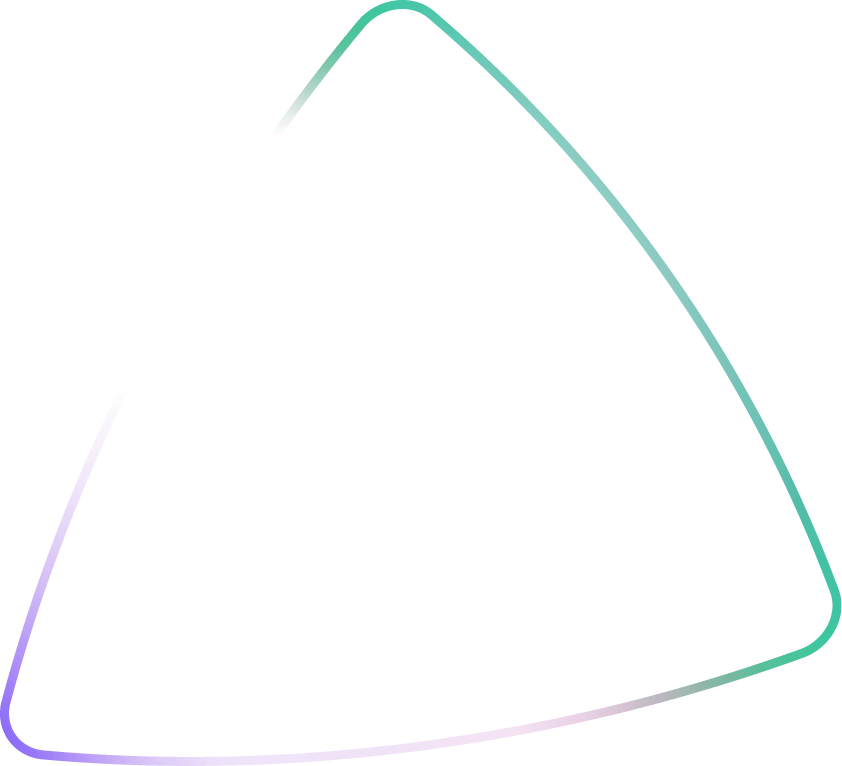Imagine you’re throwing a party. Instead of blasting a generic “come one, come all” invite across social media, you send tailored invitations. Your book-loving friend gets an “exclusive fireside chat with cocktails and Colleen Hoover.” Your music-obsessed cousin? “A vinyl night featuring Fleetwood Mac and whiskey sours.” Guess what? They all show up—and they’re thrilled. Now, apply that to marketing. Targeted marketing campaigns work because they’re built for the individual, not the masses—it’s that simple.
In a reality where we live in a hyper-competitive digital landscape, where attention spans rival goldfish, brands that deliver precision and personalization win the engagement war. But here’s the rub: personalization isn’t just tossing someone’s name into an email subject line. It’s understanding your audience at a granular level—what they want, how they want it, and when they’re ready to act.
Precision, on the other hand, guarantees you’re delivering the right message to the right person at the right time. Combine the two, and boom—you’ve got campaigns that go nuclear, that convert, and that drive loyalty.
What Are Targeted Marketing Campaigns?
A targeted marketing campaign is a strategy laser-focused on engaging specific audience segments based on data, insights, and behavior. Unlike broad marketing efforts (which scream “Hey, everyone!”), targeted campaigns whisper, “Hey, you.” They’re precise, relevant, and designed to cut through the noise by speaking directly to people’s needs, preferences, and pain points.
They are crafted to resonate on an emotional plane—a connection that lets your customer know “we listen.” Used right, they can make a direct hit.
The Key Components of a Targeted Digital Marketing Campaign
1. Audience Segmentation
Break down your audience into smaller, meaningful segments based on factors like:
- Demographics: Age, location, job title, income level.
- Behavior: Buying patterns, website visits, content engagement.
- Psychographics: Values, interests, motivations.
2. Personalized Content Creation
Craft messaging and offers tailored to each segment’s unique characteristics and needs. Generic won’t cut it here; hyper-specific wins.
3. Channel Optimization
Meet your audience where they hang out—whether that’s Instagram, LinkedIn, email, or TikTok. Different platforms require different tones, formats, and timing.
4. Data and Analytics Integration
Leverage data tools to measure performance, track audience behavior, and refine campaigns in real time.
When these four elements align, your marketing becomes less of a scattershot and more of a precise drone with a guided missile—the Iron Man equivalent of marketing, always improving with new models and Marks.
The Power of Targeted Marketing Campaigns
Improved Customer Engagement: Speak Directly to the Individual
Think of it this way: would you rather read a billboard saying “50% off everything!” or a text saying, “Hey [your name], that pair of Converse All Stars you love are 50% off for the next 24 hours”?
Personalization taps into psychology. People pay attention when something feels relevant to them.
For example:
- Email Campaigns: According to Campaign Monitor, emails with personalized subject lines see a 26% higher open rate.
- Ad Campaigns: Facebook ads targeted based on user interests or behavior achieve higher click-through rates and engagement.
Real-world example? Netflix’s recommendation engine. By segmenting its audience and analyzing behavior, Netflix serves up hyper-personalized suggestions. It’s so good at this, you’ll lose a weekend binge-watching “shows you didn’t know you needed but totally did.”
Higher Conversion Rates: Precision That Delivers Results
When you know exactly what your audience wants, converting them becomes less of a guessing game and more of a science. Targeted campaigns match offers to specific audience segments, ensuring the message resonates and drives action.
How precision boosts conversions:
- Relevance: A tech startup CEO doesn’t care about an eBook on gardening tips. Serve up something they do care about, like “10 Tools to Scale Your SaaS Business.”
- Timing: Use behavioral triggers—like cart abandonment or whitepaper downloads—to deliver messages when audiences are most primed to convert.
Case in point: HubSpot ran personalized campaigns targeting leads at different stages of the funnel. The result? A 35% increase in conversions compared to their generic campaigns.
Cost Efficiency: Stop Wasting Resources
Broad campaigns are like fishing with a giant net—sure, you’ll catch something, but half of it isn’t what you’re after. Targeted campaigns, however, are about fishing with a spear.
By focusing on high-value segments, you:
- Spend less money reaching unqualified leads.
- Optimize your resources on prospects most likely to convert.
- Improve overall ROI by reducing wasted spend.
Pro Tip: Use retargeting ads to focus on users who’ve already interacted with your content. It costs 76% less to convert an existing lead than to acquire a new one.
Enhanced Customer Loyalty: Build Trust, Earn Repeat Business
Here’s a little marketing secret: customers stick around when they feel seen and heard. Personalized messaging that addresses their preferences, solves their problems, and meets their expectations builds trust—and trust builds loyalty.
What does loyalty look like?
- Repeat Purchases: 80% of a company’s future profits often come from just 20% of its existing customers.
- Brand Advocacy: Loyal customers don’t just buy—they recommend you to others.
Example: Starbucks’ mobile app doesn’t just track purchases—it tailors offers to user behavior. “One free caramel macchiato after your next visit.” It’s small, personal, and keeps customers coming back. It gives you a free drink on the month of your birthday as a gift. It lets you know that for the company, you’re not just a faceless bag of money to exploit.
Conclusion
There’s a reason one of the biggest clichés out there is—the patient falls in love with the therapist. Why? Because at their core, folks want to be heard, they want to think they matter, they want to be seen. That’s a seductive pull.
This type of marketing strategy taps into that emotional intimacy, that desire for someone or something to meet their unmet needs. That unconditional positive regard is there—in a simple yet targeted message just for them. If done properly, they’ll start to attach sentiments that weren’t there before to your brand.

